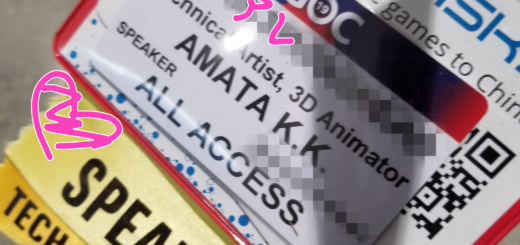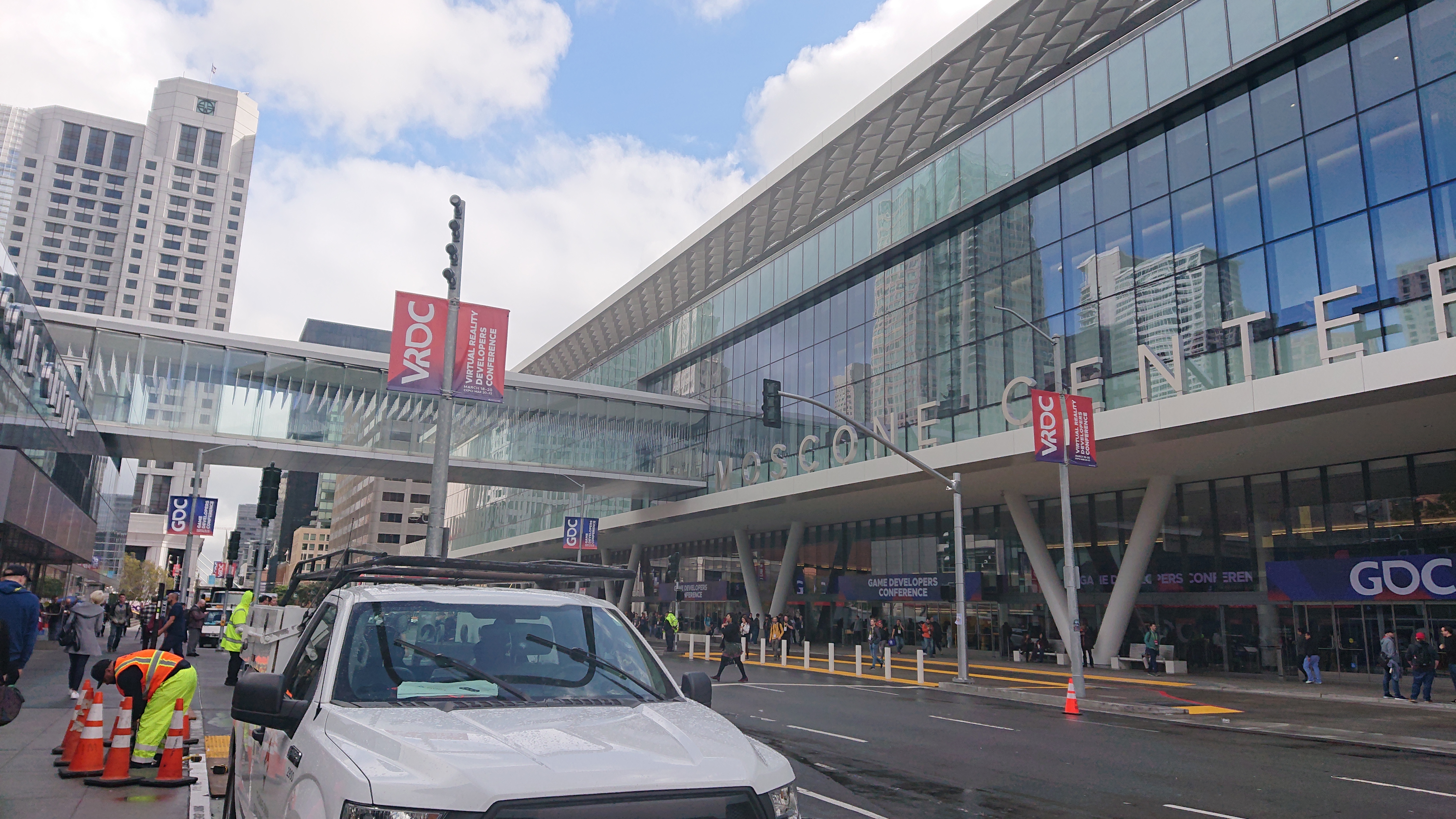【UniteTokyo2018シリーズ⑥】Unite Tokyo 2018に参加しました
*English translation below
初めまして。外国人2DデザイナーのTです。
普段の業務中では全くUnityを使っていませんので、このイベントに参加してもちゃんと理解できるかなと心配しましたが…
結果、やはりさっぱりでした。
この二日間、色々な講演会に出席しました。
一番印象に残ったのは、『崩壊3rd』開発者が語るアニメ風レンダリングの極意という講演です。
本講演ではUnityによる高品質なセルシェーディングとイラストレーションスタイルのアニメ風レンダリングを実現する方法を紹介されました。
講演についてのメディア掲載
http://gamebiz.jp/?p=211367
https://app.famitsu.com/20180509_1289933/
肌の色はMulti-Channel 2D Rampを使って肌の質感とディテールを表現しているらしいです。
イラストを描く時みたいに、4枚の色のレイアーを重ねて最終効果を出しています。
キャラの顔はあまり立体感を求めていないため、マスクを使って顔の影を抑えています。
目のモデルは球体で、物理的に屈折率を計算し瞳の透明感を表現しています。
普通の凹んでいる目のモデルより、VRではより良い質感が出せるらしいです。
髪のハイライトは二つのレイアーを重ねて表現しています。
こちらも普通イラストでよく使う手法ですね。
後はJitter mapを使て、ハイライトのギザギザ感を出しています。
一連の流れはまるでレンダリング技術を使ってイラストを描いているみたいです。
そのほか、
透明の材質の表現とか、背景のレンダリングについてとかいろいろ発表されました。
(T)
【UniteTokyo 2018 Series 6】Attended Unite Tokyo 2018
Hi, I’m T. I’m from abroad and I work here as a 2D artist.
I don’t use Unity at all for my work, so I was a little worried about whether I would be able to understand anything presented at the event.
And sure enough, I didn’t really understand much of it at all.
During the event I went to a wide variety of lectures and presentations over the course of two days.
Out of everything I saw, the presentation that impressed me the most was about anime-style rendering, which was given by one of the developers of “Hōkai 3rd(Honkai Inpack3 ).”
This particular presentation featured ways to produce high quality cell shading and illustrative anime-style rendering with Unity.
Here are some links to articles about the presentation:
http://gamebiz.jp/?p=211367
https://app.famitsu.com/20180509_1289933/
You can see the presentation slides here:
https://www.slideshare.net/UnityTechnologiesJapan002/unite-tokyo-20183rd/UnityTechnologiesJapan002/unite-tokyo-20183rd
Multi-Channel 2D Ramp is used for skin color, which seems to be how you can recreate skin texturing and detail.
This process is kind of like illustrating, and the final product is created by piling on 4 layers of coloring.
Character faces don’t really require three dimensions, so facial shading is regulated by using masks.
Eye modeling is spherical, and the transparent look of pupils is recreated by physically measuring the refractive index.
This brings out a better sense of texture in VR than the type of indenting that is typically used for modeling eyes.
Hair highlighting is recreated with two separate layers.
This technique is also a lot like what you usually see in most types of illustration work.
After that, a Jitter map is used to give the highlights a sense of jaggedness.
This layered style of working that is used in rendering is very similar to what you see in illustration work.
In addition to everything I already mentioned, the presentation also went into other topics, including background rendering and giving objects a sense of transparency.
(T)



